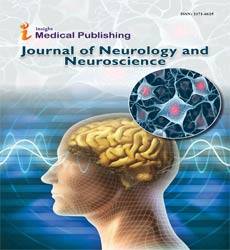Abstract
Oscillatory Brain Activity in Morphological Parsing of Complex Words: Information Gain from Stems and Suffixes
In this study, behavioral and EEG measurements were taken while participants performed two priming lexical decision experiments on complex words. In Experiment I stems of high and low family size were used as primes. Behavioral results show an inhibitory effect for stem family size whereas time-frequency responses (TFR) show significant oscillatory brain activity in the range of betaband and theta-band on right and left temporal sites respectively, both related to lexical status of word patterns. In Experiment II, in which suffixes of high and low family size were used as primes, the effect of family size is facilitatory. Concerning ERP analysis on waveform amplitudes, an early significant lexical status effect emerges although it disappears over time. No significant oscillatory brain activity emerges concerning time frequency responses (TFR). According to an informationgain probabilistic model, the participants modulate their responses in terms of the information provided by the different morphemes used as primes.
Author(s):
Sainz LV, Javier S Sainz and Miguel Lázaro
Abstract | Full-Text | PDF
Share this

Abstracted/Indexed in
- Google Scholar
- Open J Gate
- Genamics JournalSeek
- The Global Impact Factor (GIF)
- China National Knowledge Infrastructure (CNKI)
- Directory of Research Journal Indexing (DRJI)
- WorldCat
- Proquest Summons
- Scientific Journal Impact Factor
- Secret Search Engine Labs
- Euro Pub
Open Access Journals
- Aquaculture & Veterinary Science
- Chemistry & Chemical Sciences
- Clinical Sciences
- Engineering
- General Science
- Genetics & Molecular Biology
- Health Care & Nursing
- Immunology & Microbiology
- Materials Science
- Mathematics & Physics
- Medical Sciences
- Neurology & Psychiatry
- Oncology & Cancer Science
- Pharmaceutical Sciences

